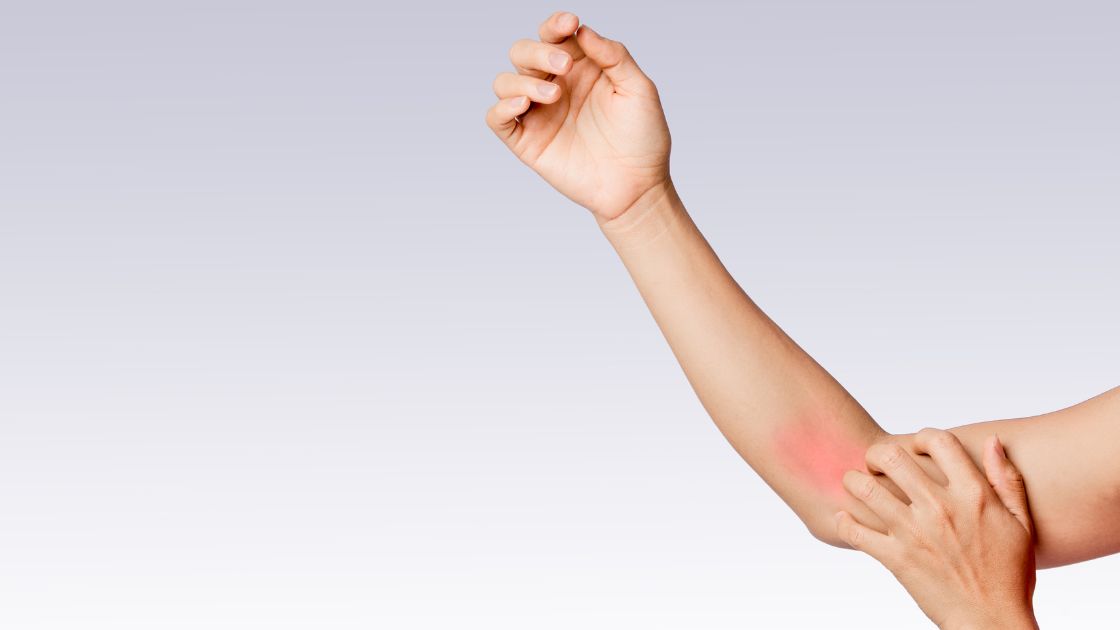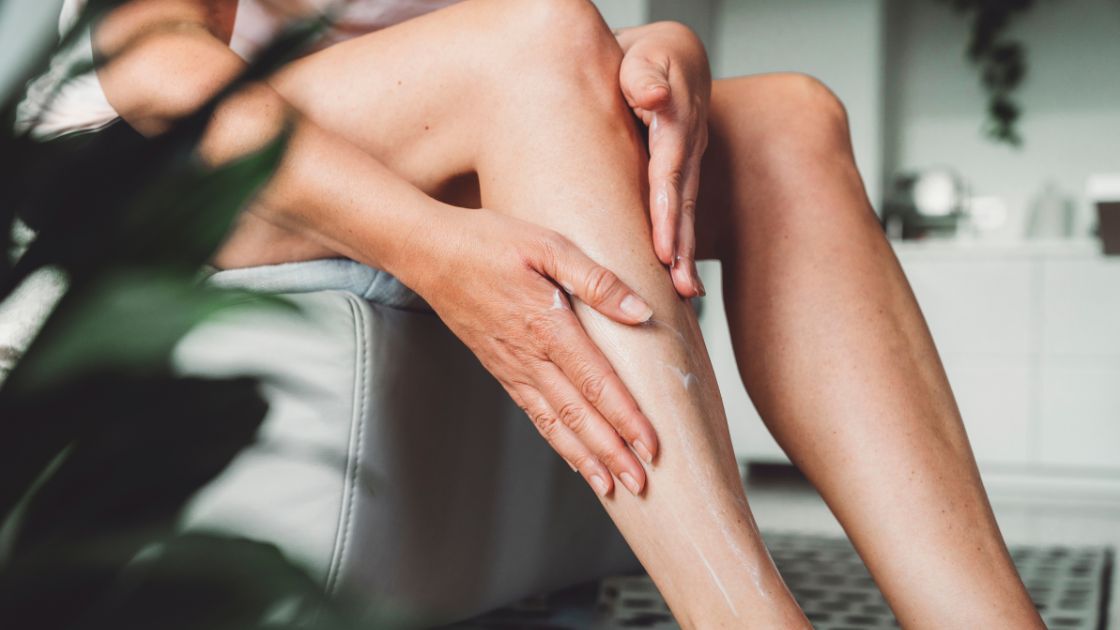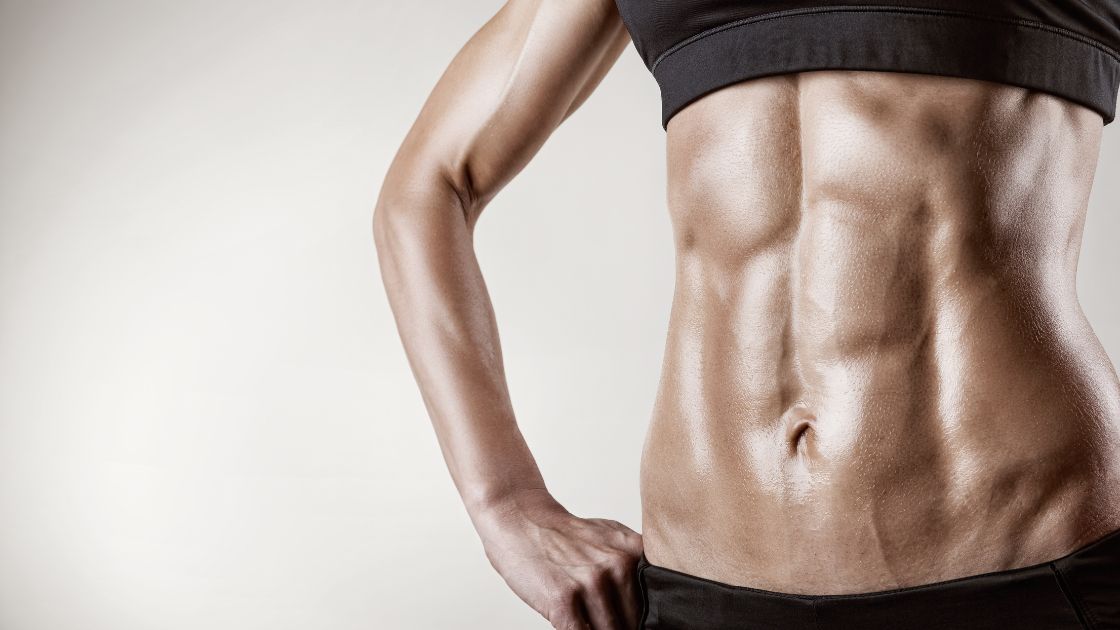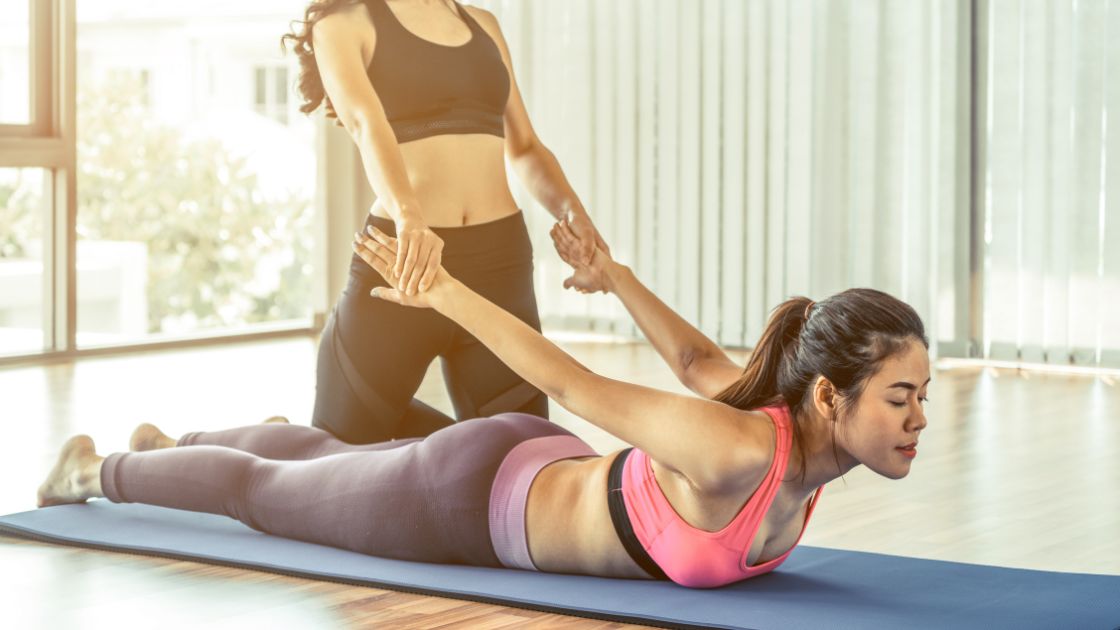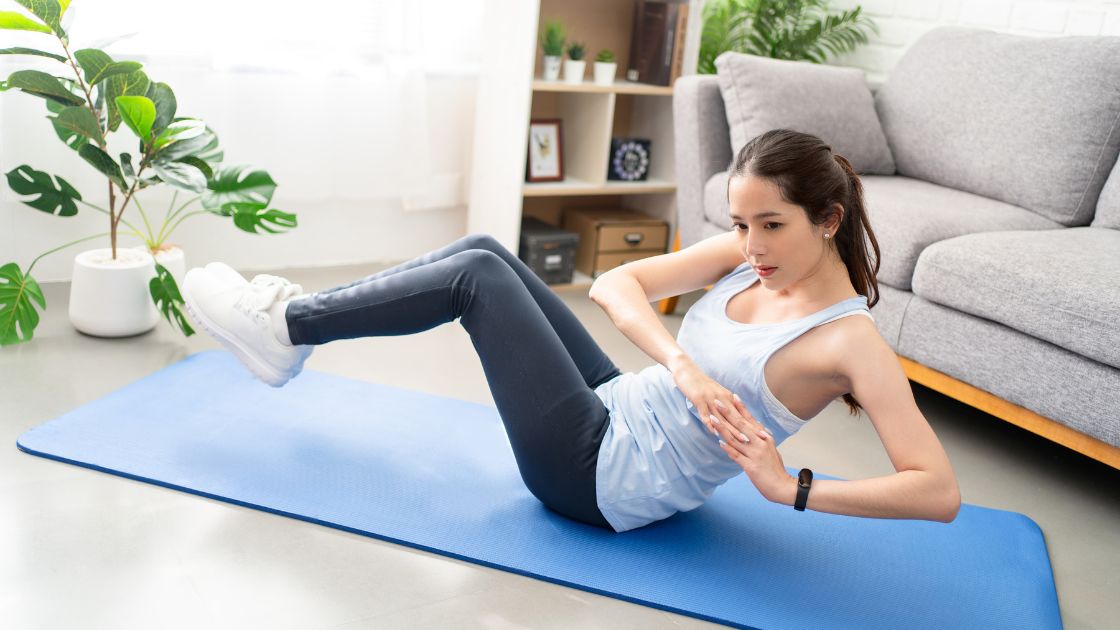The Importance of Maintenance Massage for Athletes
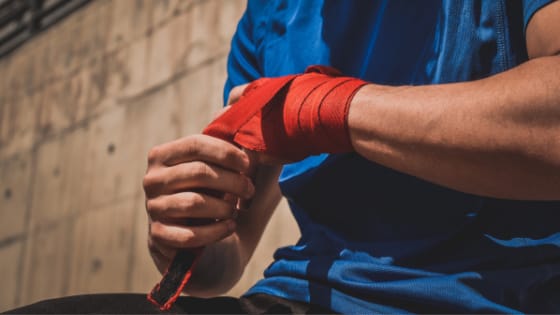
As an athlete and massage therapist, I know the importance of maintenance massage and regular body work for healthy muscles. Anyone who is regularly active such as runners, cyclists, and swimmers can benefit from massage. Even those who use their bodies strenuously in day to day activities or while at work such as mothers with small children or gardeners, could also benefit from regular massage therapy.
Incorporating massage into your fitness routine will help you get into shape faster, improve performance, and recover faster from more intense workouts with less stiffness and soreness. It can even help prevent injuries by relieving conditions that commonly lead to injury before they get worse
Too often, we get people coming in for a massage after they have already injured themselves. Or when their bodies are super stiff and tight from an intense workout. However, massage has a cumulative effect. You are going to notice greater benefits when you are taking care of your body regularly and not just when you push it too hard.
What Happens When You Exercise?
When we exercise or perform strenuous activities, we are doing so much more for our bodies than just increasing muscular strength, flexibility, and endurance. Regular exercise improves heart and respiratory function. Moderate exercise has been linked to a decrease in psychological depression and can help relieve the effects of stress and over time, the body improves it’s functioning to meet the new challenges placed on it.
There are three main phases that our bodies go through when we exercise; the tearing down phase, the recovery phase, and the buildup phase.
The Tearing Down Phase
This is the phase when we work out hard and generate stiffness and soreness. It is often a result of pushing our limits when working out or increasing the amount of movement from what the body is usually used to.
What Causes Stiffness and Soreness?
- Delayed Muscle Soreness – Often, muscles are not made immediately sore, which is known as delayed muscle soreness. Delayed muscles soreness is often felt 24-48 hours after exercise and may be caused my any number of different factors such as minor muscle damage, muscles spasms that reduce blood flow, or a build-up of waste products from energy production.
- Trigger Points – Commonly referred to as knots, may also be the cause of muscle soreness. Trigger points are often intense and refer pain elsewhere in the body. What exactly causes a trigger point is highly debated but may be the result of a sudden trauma or developed over time from the stress and strain of repeated physical exertion.
- Hypertonic Muscles – Heavily exercised muscles may also lose their capacity to relax, causing chronically tight (hypertonic) muscles, and a loss of flexibility. Hypertonic muscles are regularly sore due to poor blood flow and usually prone to injuries such as muscle pulls and tears.
The Recovery Phase
After this phase the body goes into Recovery Phase, which is important for the rebuilding phase and to obtain the full benefits of a conditioning program. Regular massage fits well into this stage. Unlike injury rehabilitation massage, maintenance massage both helps to prevent injury and treat chronic problems on a holistic level by looking at the entire body, the biomechanics, the posture and the regular workout and training of the athlete to make correct, long term changes to enhance performance.
How Does Massage Help?
- Recovery – Therapeutic massage helps the body recover from exercise with improved blood and lymph circulation, muscle relaxation, and general relaxation. This leads to the removal of waste products and better cell nutrition.
- Over-training – It is important to allow the body to recover adequately between workouts to avoid injury, irritability, insomnia, or an increase resting heart rate. Therapeutic massage facilitates general relaxation to give your body time to rest.
- Trouble Spots – Most people have their own specific trouble spots, perhaps from past injuries or overuse. Massage therapists can focus on these areas and keep symptoms at bay.
Sports Massage Modalities
Each sport and athletic event uses muscle groups in a different way. Sports massage therapists must be familiar with each muscle, the muscle groups, and how they are affected by the specific movements and stresses of each sport. Sports massage therapy frequently includes the use of one or more of the following techniques:
- Deep Tissue Massage
- Swedish Massage
- Compression Massage
- Cross-Fiber Massage
- Trigger Point Massage
- Lymphatic Massage
The Buildup Phase
After we begin to recover, we enter the Buildup Phase in which our bodies adapt to the new demands and we become stronger and faster.
How Often Should I Get a Massage?
This is one of the most common questions we get from clients and varies based on your fitness, level of activity, and whether you have any acute injuries.
For most moderately active adults in good health with no injury needing additional attention, 1-2 massages is recommended per month. If you are seeking treatment for an injury, it may be recommended that you initially come in 1-2 times per week and slowly space out your visits as you begin to feel better. For our professional athletes, we recommend 2-3 massages every week to keep feeling your best and an optimal level of athletic performance.
Please talk with your therapist or schedule a free consultation with Dr Moyer if you have specific questions about the best plan and schedule for you. So, schedule your monthly maintenance massage today! Stay injury free, don’t wait until something hurts!
Originally written by Sabra Woodcock March 30, 2011, Updated June 17, 2019 by Nicole Morrison
Photo by Payam Tahery on Unsplash

